Rising Interest in Smart Cities
The concept of smart cities is gaining traction in Germany, significantly impacting the remote sensing-technology market. As urban areas strive for efficiency and sustainability, remote sensing technologies are being utilized to monitor infrastructure, traffic patterns, and environmental conditions. In 2025, investments in smart city initiatives are expected to reach €5 billion, with a substantial portion allocated to remote sensing applications. This trend indicates a growing recognition of the value of real-time data in urban management. The remote sensing-technology market was likely to benefit from this shift, as cities increasingly adopted innovative solutions to enhance livability and reduce their environmental footprint.
Government Initiatives and Funding
Government initiatives play a crucial role in shaping the remote sensing-technology market in Germany. The German government has been actively investing in space and satellite programs, allocating substantial budgets to enhance remote sensing capabilities. For example, the German Aerospace Center (DLR) has been pivotal in developing satellite missions that focus on environmental monitoring and disaster management. In 2025, the government is expected to increase funding by 15% to support research and development in this sector. Such initiatives not only bolster the remote sensing-technology market but also encourage collaboration between public and private entities, fostering innovation and expanding the application of remote sensing technologies across various industries.
Growing Demand for Environmental Monitoring
The increasing awareness of environmental issues is driving demand for remote sensing technologies in Germany. The remote sensing-technology market is witnessing heightened interest. This interest comes from sectors focused on climate change, deforestation, and pollution monitoring. In 2025, it is estimated that the market for environmental monitoring applications will account for approximately 30% of the total remote sensing-technology market. This growth is attributed to the need for accurate data to inform policy decisions and promote sustainable practices. Additionally, the European Union's Green Deal initiatives are likely to further stimulate the adoption of remote sensing technologies, as they emphasize the importance of data-driven approaches to environmental management.
Technological Advancements in Remote Sensing
The remote sensing-technology market in Germany is experiencing a surge. This surge is due to rapid technological advancements. Innovations in satellite imaging, drone technology, and sensor capabilities are enhancing data accuracy and resolution. For instance, the integration of artificial intelligence and machine learning in data analysis is streamlining processes and improving decision-making. The market is projected to grow at a CAGR of approximately 12% from 2025 to 2030, driven by these advancements. Furthermore, the increasing availability of high-resolution satellite imagery is enabling various sectors, including agriculture and urban planning, to leverage remote sensing for better outcomes. As technology continues to evolve, The remote sensing-technology market was likely to witness further growth, attracting investments and fostering new applications.
Integration with Geographic Information Systems (GIS)
The integration of remote sensing technologies with Geographic Information Systems (GIS) is transforming data analysis and visualization in Germany. This synergy enhances the remote sensing-technology market by providing comprehensive insights into spatial data. As organizations increasingly rely on GIS for urban planning, disaster response, and resource management, the demand for integrated solutions is expected to rise. In 2025, the market for GIS-enabled remote sensing applications is projected to grow by 20%, reflecting the increasing need for sophisticated analytical tools. This integration allows for more effective decision-making and resource allocation, thereby expanding the potential applications of remote sensing technologies across various sectors.


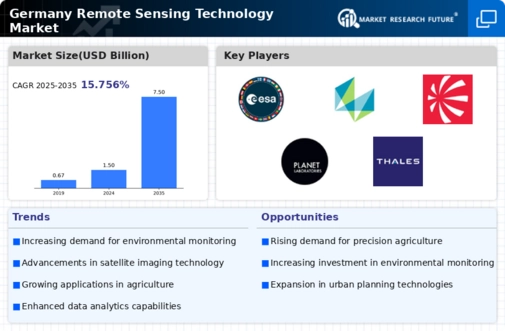
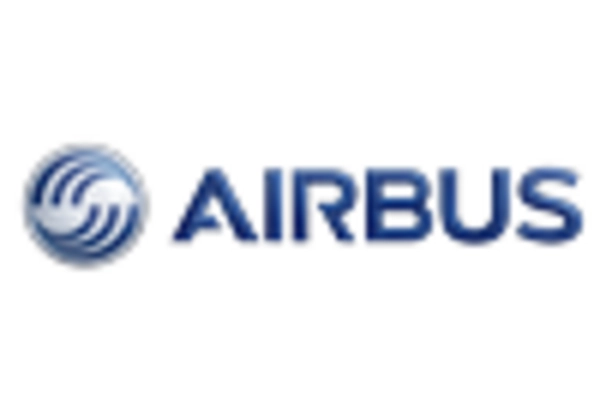
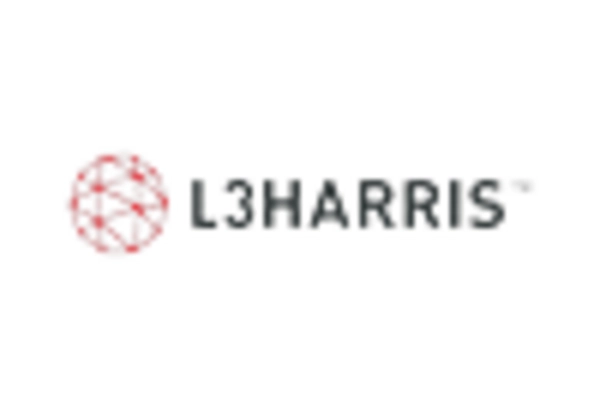
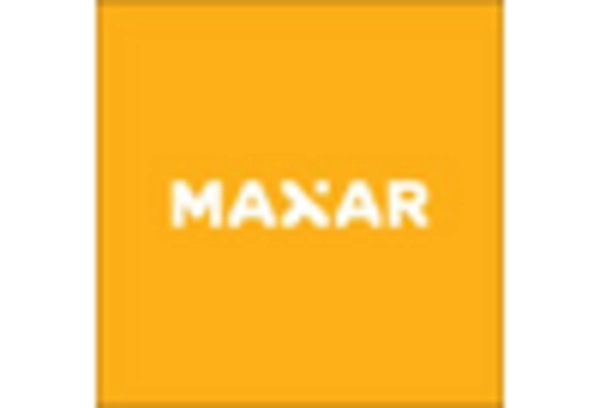
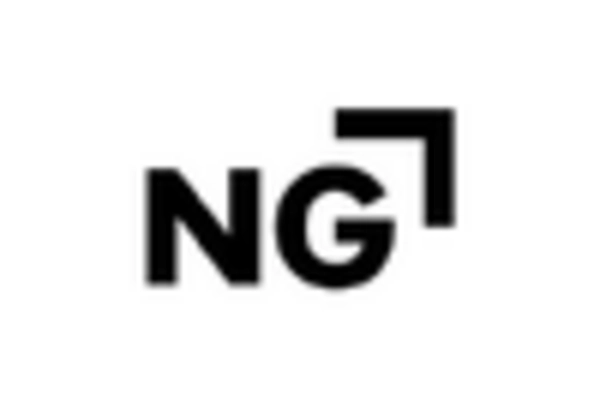
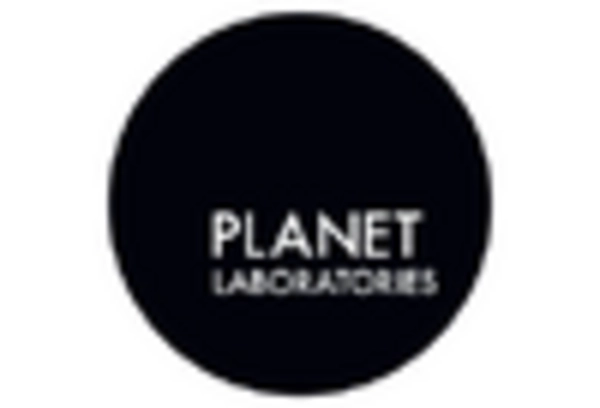
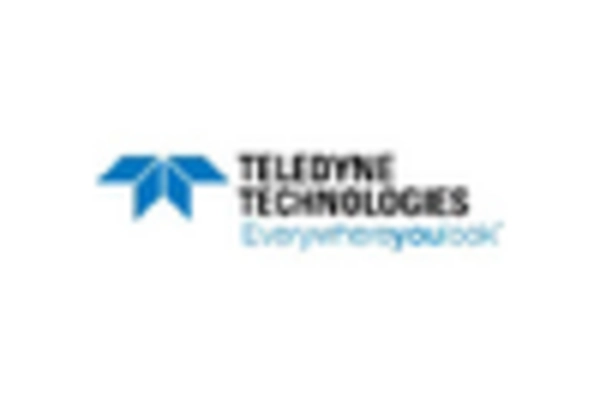








Leave a Comment